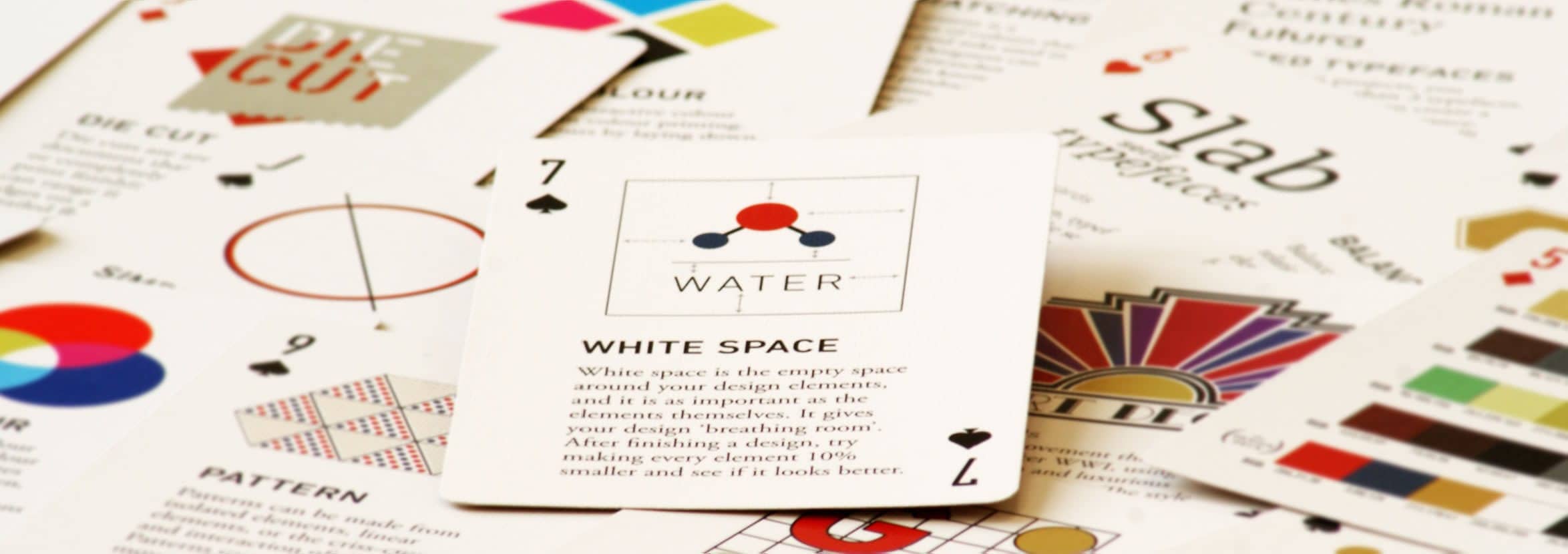Growing up we always seemed to have a bright red Alfa Romeo parked on the drive, as my Dad worked for the Italian carmaker in the 1980s, and continued as an enthusiast afterwards.
I remember some of our neighbours h ad cars in similarly bold colours. There were glossy turquoise Renaults. Metallic gold BMWs. Canary yellow Volvos.
On long car journeys south my brother and I would compete to count the most red or blue cars (this was in the days before iPads) and it took only minutes to reach double figures.
It is not like that now. On a recent ride into town every car in the traffic jam stretching into the distance seemed to be fifty shades of grey.
And so it is no surprise to learn that grey has become the UK’s favourite car colour, with nearly half a million new car registrations in that colour last year. The next most popular colour is black, which previously held the top spot, and after that it is white.
In fact, according to the Society of Motor Manufacturers and Traders (SMMT), 59% of new cars registered in the UK in 2018 were grey, black or white. It has been nine years since a primary colour last sat in the top three.
This is a worldwide trend – over 70% of cars produced globally are white, black, grey, or silver.
So what happened? One simple explanation is that sober hues are thought to retain more of their value in the used car market because they are less likely to fall out of fashion compared to more lurid colours.
And times of political and economic uncertainty – which we have in spades thanks to Trump and Brexit – lead people to be more cautious with their investments. Paradoxically, however, special edition colours can command a premium secondhand because of their rarity.
There is also the Apple factor. The devices in our pockets follow a minimalist design aesthetic and use a limited colour palette that has influenced everything from cars to toasters.
But in time this will change. Trends come and go, and the future of cars could still be bright.










